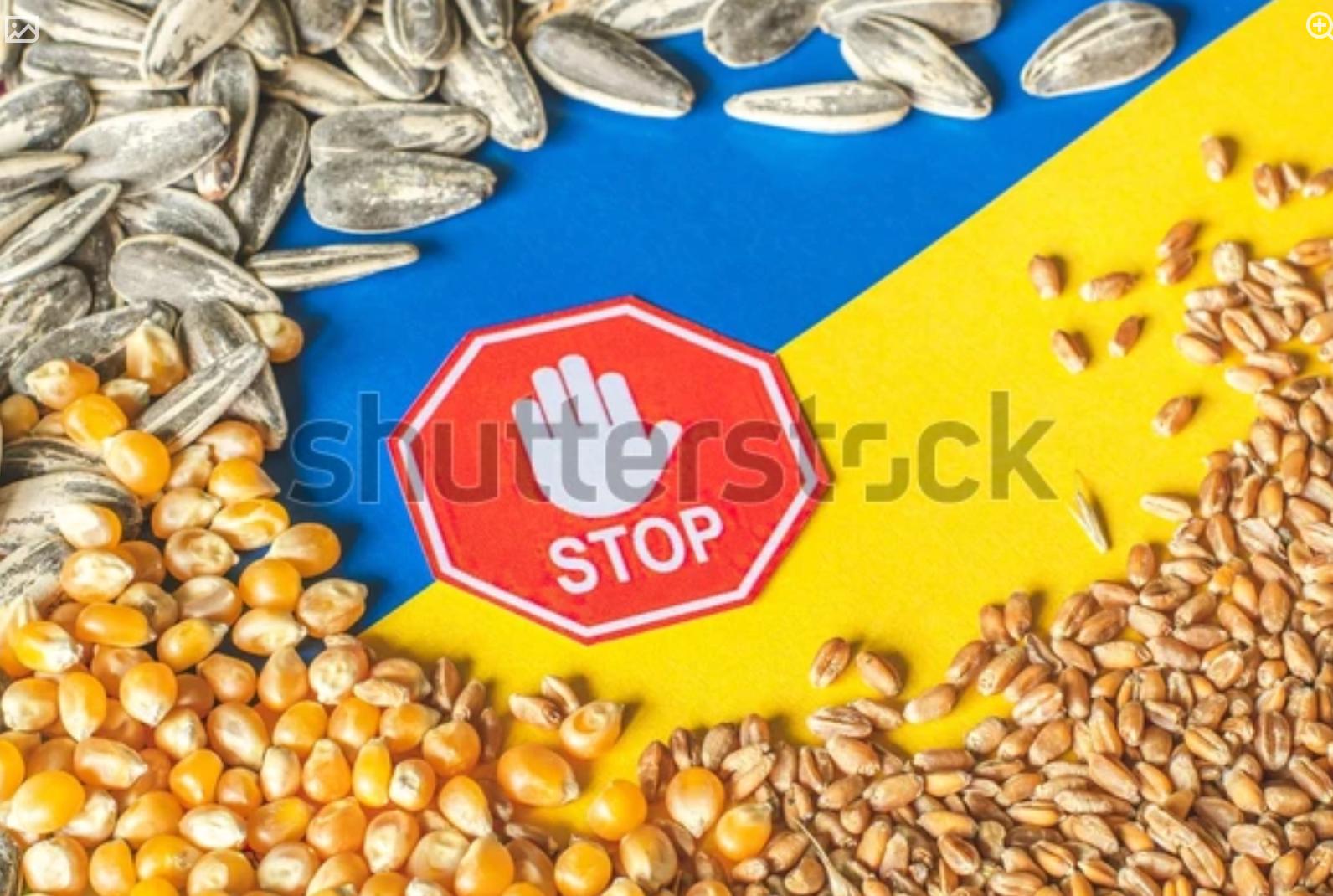
Current Trends of Rice Milling Byproducts for Agricultural Applications and Alternative Food Production Systems
Rice is one of the most economically important foods in the world today. The FAO has reported that managing rice processing and the resulting byproducts into more sustainable applications would be beneficial for a variety of reasons. Rice processing involves several milling stages to produce edible final products. The milling process is the most important step in rice production because it determines the nutritional, cooking, and sensory qualities of crude rice. As crude rice goes through the milling process, byproducts are generated, such as bran that have been shown to exhibit beneficial impacts on human and animal nutrition. While several rice byproducts have applications in agriculture, rice bran has probably received the most attention for its functional properties. Rice bran is a mixture of protein, fat, ash, and crude fiber. However, rice bran’s composition is largely dependent on the type of rice and the efficiency of the milling system. Based on studies with mice, rice bran has been shown to elicit prebiotic-like properties by preventing colonization of Salmonella in the gastrointestinal tract. More recently, in vitro incubation studies with chicken cecal contents have demonstrated that certain rice varieties are more inhibitory to Salmonella than others. Moreover, the byproducts of the rice milling process can also provide an economic boost for rice producing nations. In this review, the byproducts of the milling process, how they are utilized, and potential application for rice milling byproducts are discussed.
Rice Husk
Rice husk, also widely known as rice hull, is an available agricultural waste in numerous rice-producing countries (Kumar et al., 2013). Approximately 120 million tons of rice husk is available each year after it has been removed from the whole rice paddy. Rice husk is composed of 15% carbon, 18% ash, and 67% volatile matter (Lim et al., 2012). It is formed from two polyphenolic compounds, silica and lignin, and these compounds are structural materials used to protect the seed during the germination. The high content of lignin and silica enables the husk to exhibit an antioxidative defense system that helps prevent the seed from oxidative stress (Kim et al., 2012). The silica gives the husk its protective nature and also contributes to allowing rice husk to burn slowly. The husk decomposes slowly while resisting fungal decomposition. Rice husk is burned to recover its ash content. Different forms of silica can be present in ash formation, which is controlled by different temperatures when burning (Singh et al., 2008). The two forms are amorphous silica and crystalline silica, which possess different properties and can be used for different applications (Singh et al., 2008; Chao-Lung et al., 2011). The amorphous forms of silica are composed of silica tetrahedrals arranged in a random three-dimensional network (Prasara and Gheewala, 2017). The tetrahedral three-dimensional network helps to increase the reactivity since a large surface area is available for the reaction to take place. The structure of crystalline silica is built by repetition of a basic unit of the silicon tetrahedron in a three-dimensional oriented framework (Soltani et al., 2015).
When rice husk is burned, it generates ~17–26% of rice husk ash (RHA) (Asavapisit and Ruengrit, 2005). Rice husk contains roughly 97% silica, making it highly porous and lightweight with a high external surface area (Kumar et al., 2013). Rice husk burnt at 700°C produces amorphous ash. At temperatures above 850°C, the husk produces crystalline ash (Singh et al., 2008; Chao-Lung et al., 2011). Rice husk ash has a high melting point at ~1,440°C, the temperature at which silica melts. Rice husk ash possesses numerous advantageous properties, which upon further research will benefit society by providing a cost-effective alternative for utilization in a variety of applications as discussed in the next section (Kumar et al., 2013).
https://www.frontiersin.org/articles/10.3389/fsufs.2019.00047/full





